Project Description
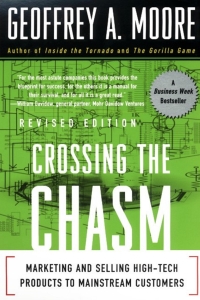 Before you proceed in a big new venture / startup / idea, make sure you figure out which niche to pursue and defend.
Before you proceed in a big new venture / startup / idea, make sure you figure out which niche to pursue and defend.
Notes:
- Only reasons not to be profitable right away:
- Because barriers to entry are so high
- Mistake
- Direct sales is the optimal channel for hi-tech.
- Always start with a direct sales model.
- You can’t afford to lose one day of market opportunity
- Set the price of a product at a high point to set the market leading price and positioning
- Give ample rewards to the sales channel to get everyone on board
- Discontinuous innovation: Innovations that require many new changes in behavior.
- Try to cater to each segment of the market: early majority, later majority, early adoptors, etc.
- Each will want different features.
- The chasm is the gap between fade and trend that creates a market.
- Every true high tech market starts out as a fade and turns into a trend.
- Often the superior product is the one that fails vs the inferior product.
- I’m part of the early majority segment of the market.
- Sales to early adoptions are fundamentally different from sales to other customer groups.
- Marketing is the ability to create something real, as opposed to being an illusion.
How to define a market: If you sell the same product to two different people, but those people can’t or don’t communicate, then you have two different markets.
- Those who define the market will always win.
Early markets: They will ignore many issues with a product if it means moving a technology forward. (e.g. they bought HD TV before their were any channels to show it).
- Technology enthusiast:
- They want the truth and not any tricks.
- They want access to the most technology relevant person to fix their person.
- They don’t care for added value. They want it for cheap.
- Visionary:
- Early adopters of high technology products. (e.g. JFK was a visionary leader for launching the Moon program).
- Highly motivated and driven by a business dream.
- They are driven my the potential of a big ROI.
- Less price sensitive of any segment of the market and they have big budgets.
- Need to be a VP in order to have the clout to fulfill their vision.
- They typically find you after communicating with technology enthusiast.
- The dynamics of early markets:
- Need a truly superior product.
- Make sure to focus on one platform and valuable service and remove all barriers to your target group using the product.
- Mainstream Markets:
- Accepted as leaders by the late majority.
- They don’t like to take risks.
- These buyers like to see competition, so they
- Can buy from a proven market leader
- Can have a good fallback if things go wrong.
- They need an after market.
- Conservatives:
- Represent 1/3rd of the market, believe in tradition vs. progress, they prefer low prices.
- Prefer single function systems for basic business needs.
- You can keep this group by playing fast follow-up.
- You can lose this market if you stop investing in it.
- The initial value from the start of a system does not end up being the main value of the product.
- Therefore, initial learning curves are important.
- Steamrolling sceptics is good for sales, but bad for marketing.
Strategy Notes:
- Trying to start a market without going after a specific niche will burn up your efforts and show very little.
- A niche strategy is generally best. An industry develops around you to reinforce your dominance.
- Make a total commitment to the niche and use whatever is left over to work on other markets.
- Segmentation is the best strategy.
- Take a big fish in a small pond outlook.
- A wide open strategy is doomed to fail.
- Need a beach head to grow.
- Need a whole product idea.
- Sales efforts need to work on one or two niche products.
- Sales driven strategy should be avoided.
- Niche focused achieves market leadership.
- Next, line up other market segments that can come from subsequent niches:
- Market the same services to them as well.
- In the act of trying to reduce market risk by increasing the features, a company can increase market risk, because it doesn’t focus on a particular niche.
- Application fit a need whereas platforms are the infrastructure for those systems
- When markets go mass, platforms have the advantage.
- Platforms are the hardest types of ideas to get across the chasm.
- Target the point of attack (market entry)
- If you don’t know where you are going, then you wouldn’t get there.
- Focus on a specific niche market and attack
- Difficult products create a barrier to entry against other customers
Strategy Steps:
- Divide up the universe of possible customers into market segments
- Find the ones that are most attractive
- Size, characteristics, competition
- Develop a whole product strategy that starts with the minimally viable product and ends with what the visionary and market wanted.
- Don’t get caught out when developing to the final market.
- Produce all the different aspects of the strategy that can fulfill a target segment’s needs.
- Research value chains to see how to create a market.
- MBA term
Target customer characterization:
- Create as many characterization so as possible to figure out customer profiles.
- Then make sure features carter to them.
- Make sure marketing efforts target them.
Four important checklist
- Target customer
- Compelling reason to buy
- Check that the customer can afford the “whole” product price, not just the initial costs.
- Competition
Niche market strategy
- Focus on getting half of the orders in the segment in order to get the market segment leadership position.
- If a target segment is too big, then sh segment it, but watch for word of mouth. Geography could also work.
Target market selection process:
- Develop target customer library
- Figure out target market
- Create scenarios. Show stoppers and nice to haves.
- Rate each scenario
- Rank order results and pursue best
- Move forward on best segments. Attack the main scenario.
- Assemble the invasion force. It’s war fair, not word fair.
- Any time you need to cater to a new target, you have to change up the product to meet that goal, which adds to product cost and marketing demands.
- After a while, we see that you just can’t do all activities.
Positioning (Single largest influence on the buyer’s choices, steps to correctly position)
- Goal is to occupy a segment of the market inside their head.
- Customers need to use a short hand reference to explain the product.
- Use a competitor or competitive product to help triangulate the product in customer’s minds
- Undisputable market segment dominance in a two sentence format
- Elevator test? Can you explain it in two sentences?
- Importance? Ppl only remember two sentences at a time, etc.
- Only hit target customers who are dissatisfied with the current market
- Don’t overload the positioning effort
- Elevator Test Formula:
- Mention name
- Target market (For the …. Member of ….)
- Explain problem (
- Explain solution (Unlike…. We…)
- Mention competitors
- Elevator test? Can you explain it in two sentences?
- Need the evidence
- Communications: address right audience in right sequence
- Feedback and adjustment
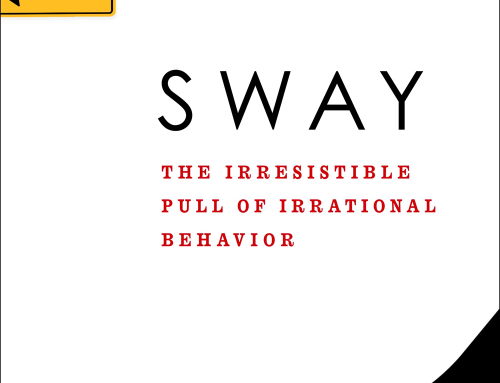
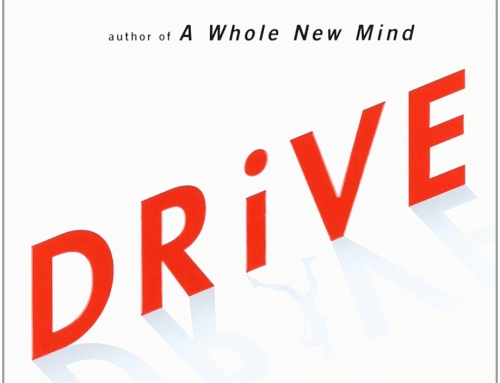
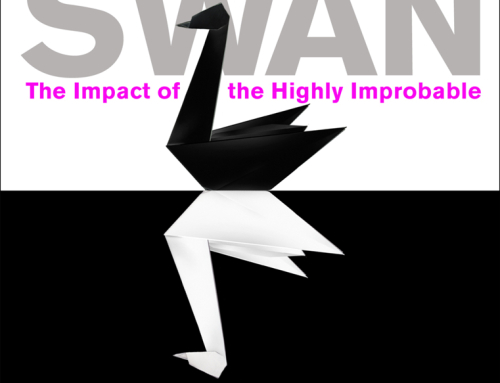
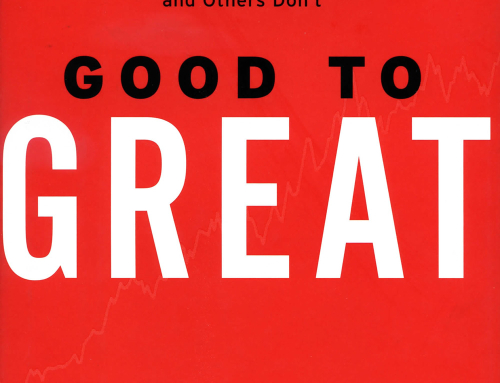
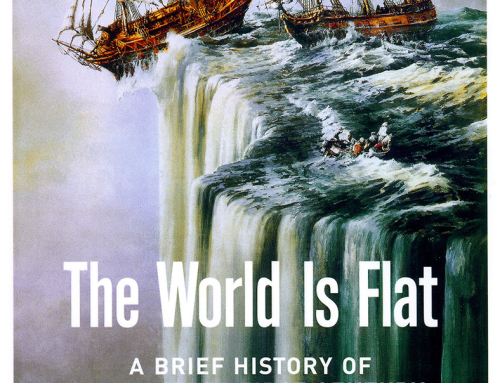
Leave A Comment